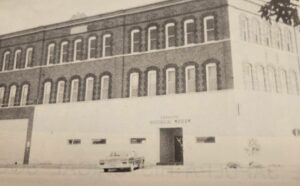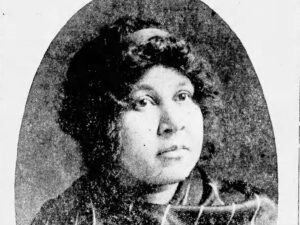Rachel Whitney, Curator
Sapulpa Historical Museum
On Sunday, April 10, 1910, the Sapulpa Evening Light began distributing a Sunday paper after deciding to cancel their Saturday paper. The Sapulpa Evening Light Sunday’s Article nicknamed “Sapulpa Sunday Light” for the special Sunday papers. The Evening Light had distributed papers six days a week. The paper’s first Sunday page boasted about how Sapulpa city is a lively town.
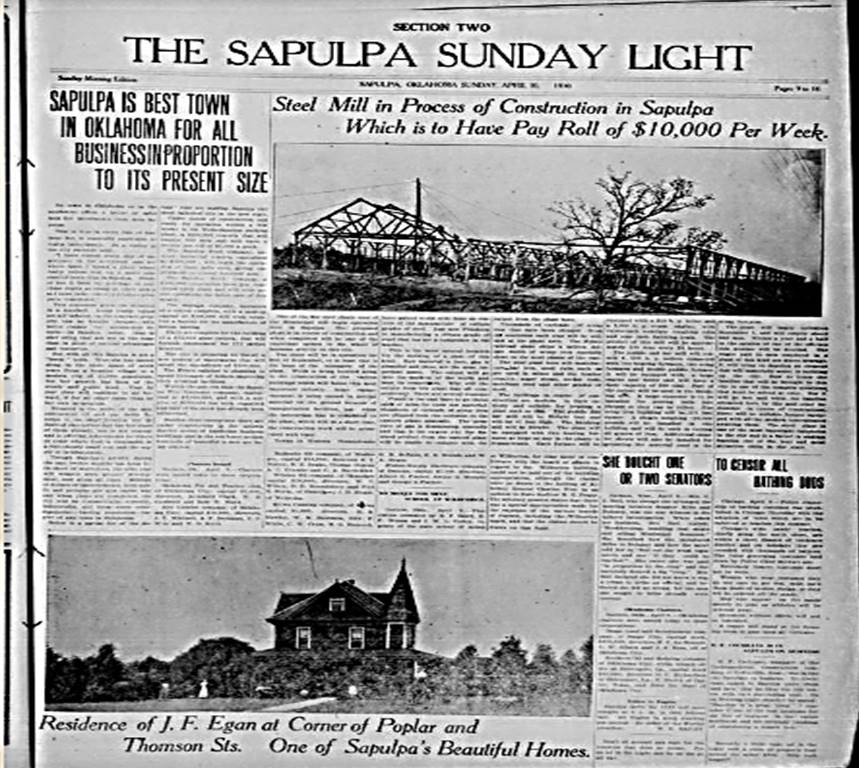
“No town in Oklahoma or in the southwest offers a better or safer field for investments than Sapulpa.” Sapulpa was all about the growth and advantages of living and doing business in Sapulpa.
“A visitor to the city recently said: ‘I have visited every city of importance in the southwest and nowhere have I found a place where realty values rest on a more substantial basis than in Sapulpa. Neither has it been my privilege to purchase realty as cheap at other points as I have here – the city’s future prospects considered.’”
The article discussed the strength in numbers; and the number of workers mattered in our town. It stated that the city was not a “boom” town with inflated prices but a city with steady growth and opportunity. “In a short space of seven years from a frontier village to a modern city of 15,000 population. Her growth has been of the steady and stable kind. Year by year she will continue to go forward, if for no other cause than by her own momentum.”
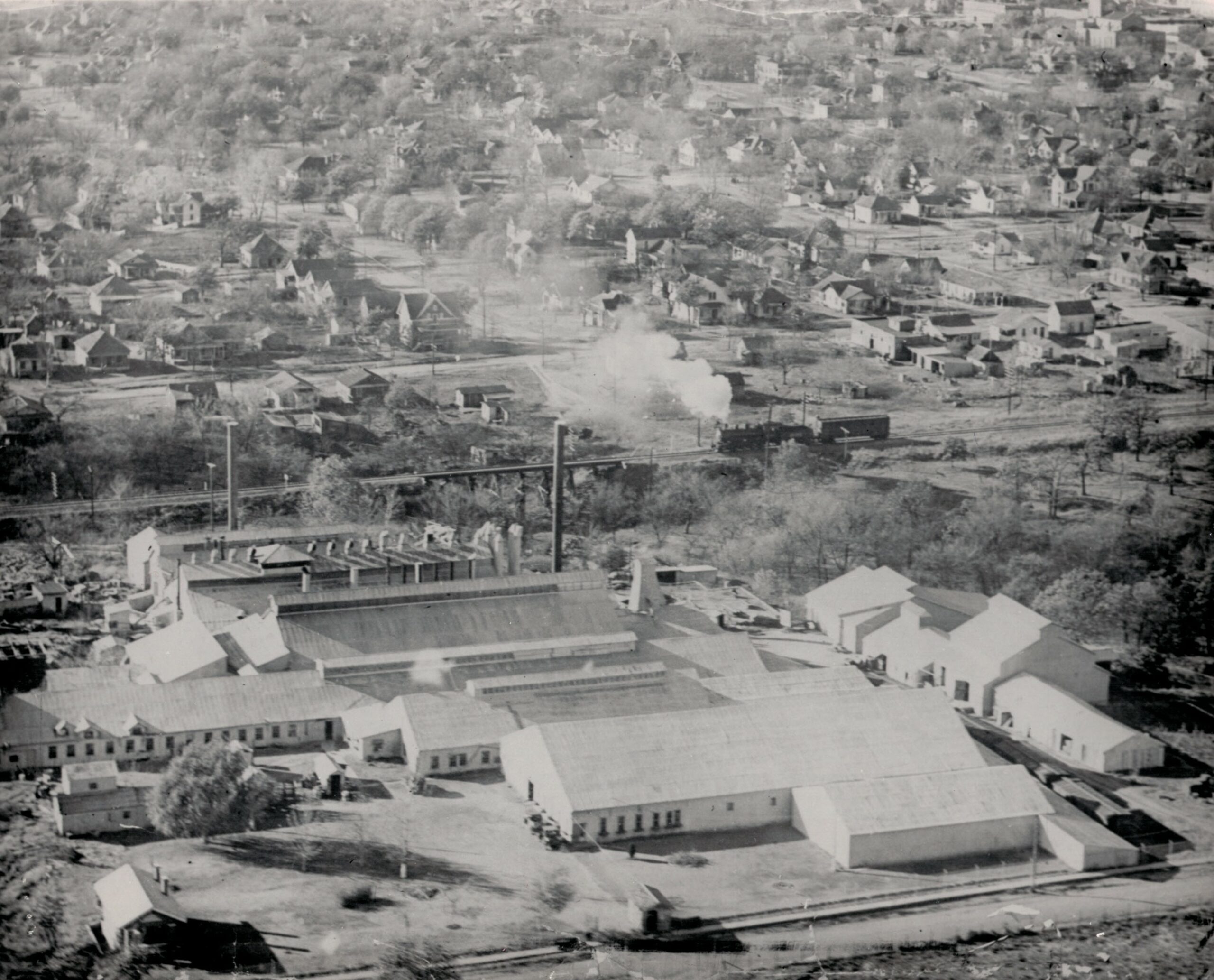
Within the older City Directories, there are pages that describe the city. One page was dedicated to the population. In the 1910’s Hoffine’s Sapulpa City Directory stated:
“The estimate of population from a directory canvass is of much interest and is generally regarded as being correct. The number of names in this volume is larger than in any previous issue and shows a large growth in the population of the city.
“There are in this volume 4,803 names, which, multiplied by the ratio of 3, indicates a population of 14,412 for Sapulpa at the present time. There were in the last year’s directory 3,174 names, multiplied by 3, to 9,522; hence the increase in population for the last year.*”
*Note: the city directories’ estimated number for population did not include children and married women which is why it multiplied by 2 ½ or 3 into the population.
Sapulpa became the “talked-of city in the new state.” The Frisco would soon announce a $500,000 expansion of their yards in Sapulpa. A new roundhouse was being planned to replace the existing one. It would have thirty stalls, and largest in the state. Frisco would have a monthly payroll of $150,000 per month*.
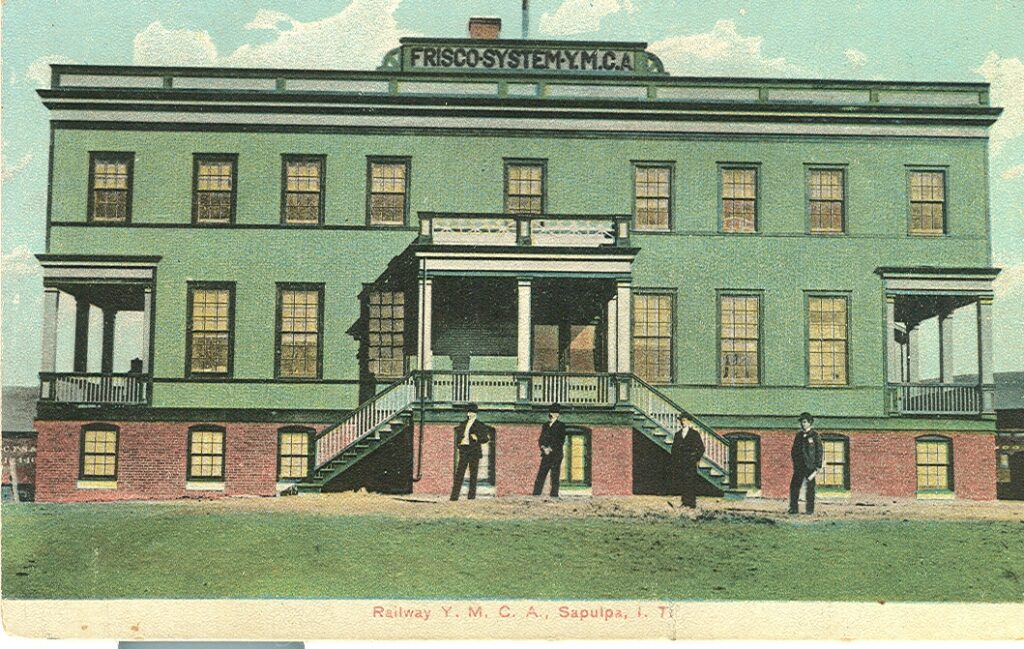
*Note: $500,000 in 1910 translates to be over $14 million in today’s money. And the $150,000 would be roughly $4 million today.
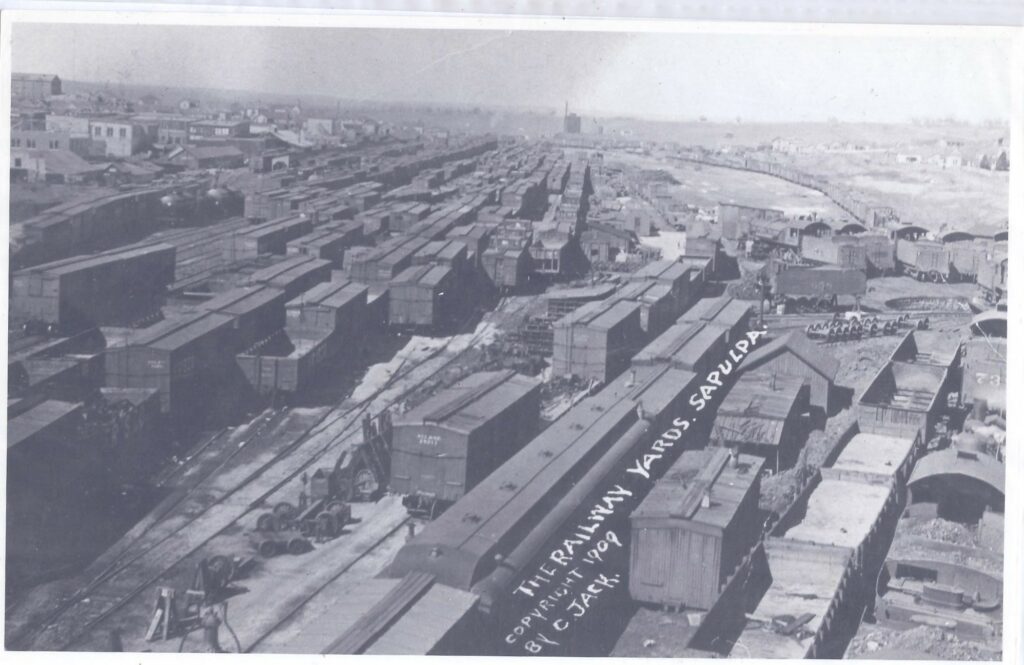
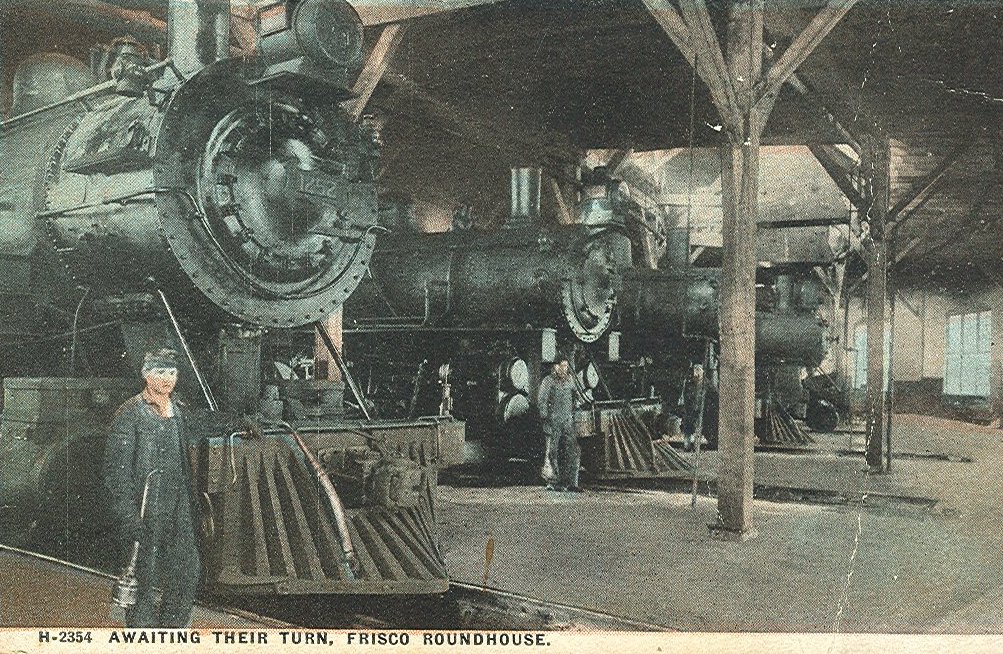
However, this was all a rumor, and the roundhouse did not expand to the enormous size the paper exaggerated it to be. Often the papers would boast and exaggerate some of the details, but Sapulpa kept working hard nonetheless. “Millions of dollars of improvements, both public and private are now under way, and when these are completed, the city will be commercially, civically, industrically[sic], and from every other standpoint – barring the population – the peer of any town in Oklahoma.”
The Wells Packing Plant was going to open in a few weeks, and employ three hundred men. The plant was the first packing plant to open in Oklahoma. By July 1910, the Wells Plant was a huge operation; the capacity of the pant was 600 cattle and 1,000 hogs per day. It had two railroad sidings, and large stock pen. It also had very expensive machinery. It was also underfunded and was only in operation for a few weeks*.
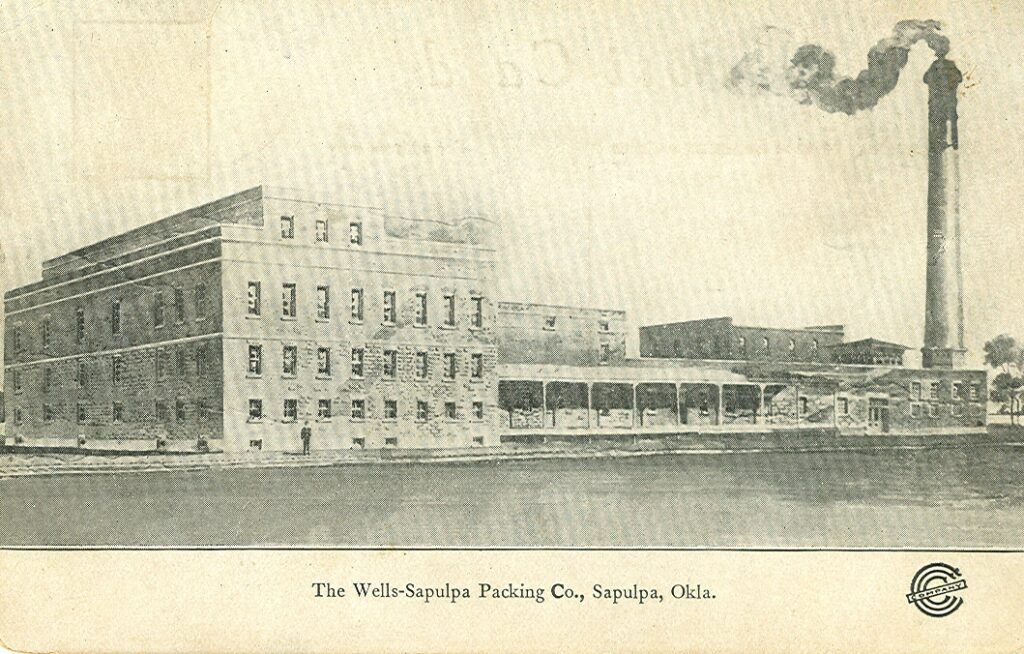
*Note: it had closed and reopened again and again over the next few years, but never to the extent it dreamed.
“The Sapulpa Steel Company, another industrial concern capitalized at $500,000 will begin operation of their mills soon, giving employment to several hundred men.*” Similar to the Wells Plant, it too opened and closed over the next couple of years. It had legal issues when it was being sued for non-payment of work.
Not all were exaggerated or a loss. The Sapulpa Brick Company had just finished their new plant and soon would start making brick. It was a $100,000 corporation. The Sapulpa Company, operators of the cotton compress, also had a capital of $100,000 and will soon establish a factory for the manufacture of cotton batting*.
*Note: $100,000 then would roughly be $2 million today.
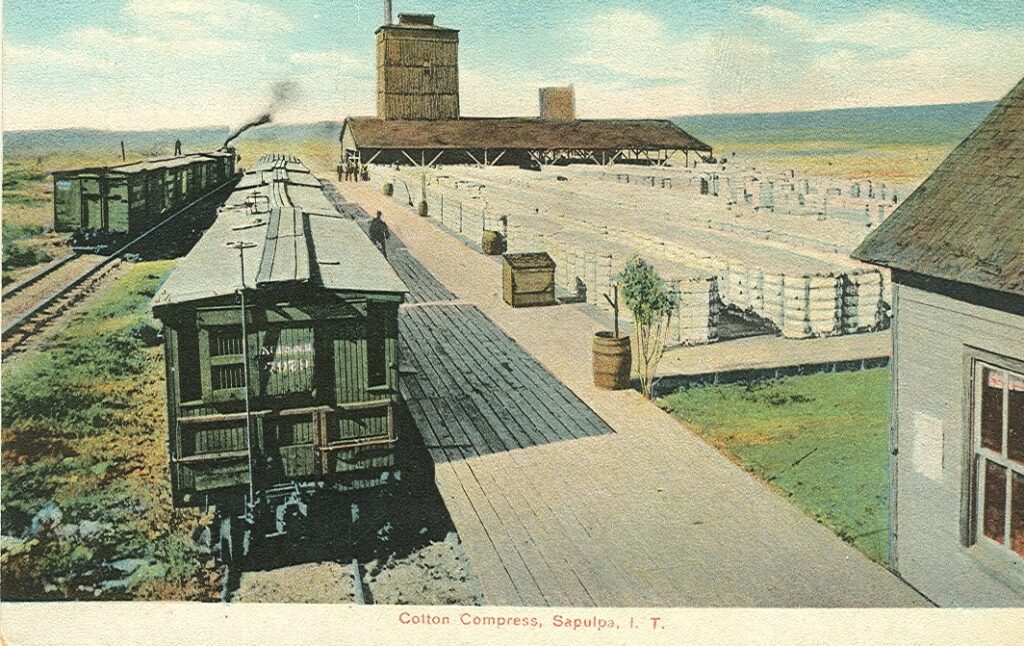
“Plans are complete for the building of a $75,000 glass factory, that will furnish employment for 175 skilled laborers. The Premium Glass, later known as Liberty, opened in Sapulpa in 1912. Several other glass factories soon were built such as Sunflower, Schram, and Bartlett-Collins.
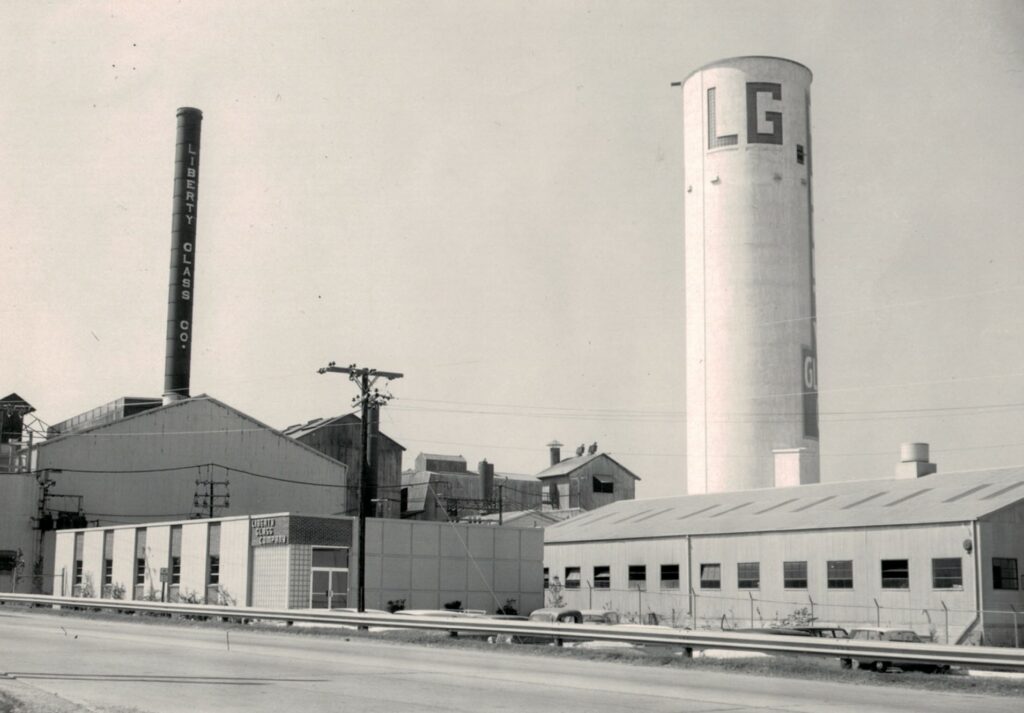
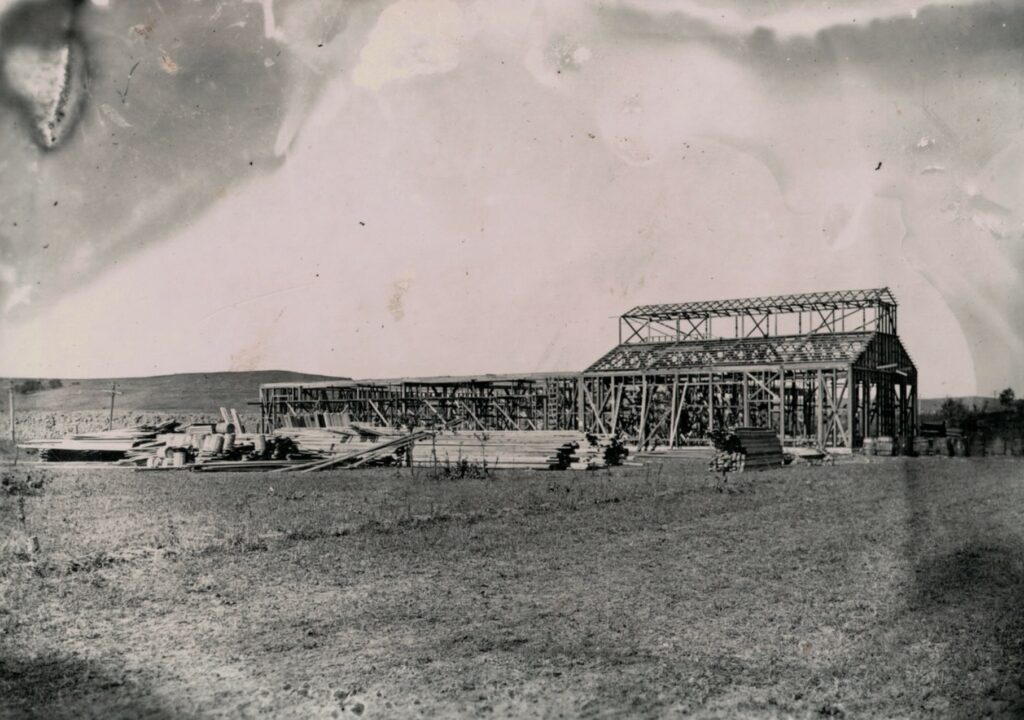
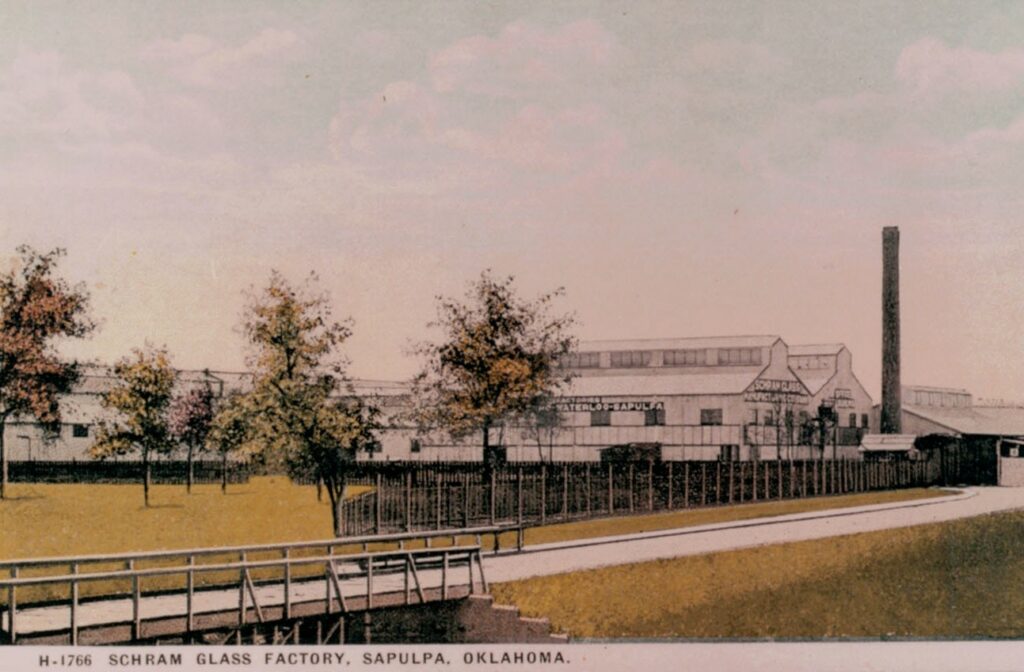
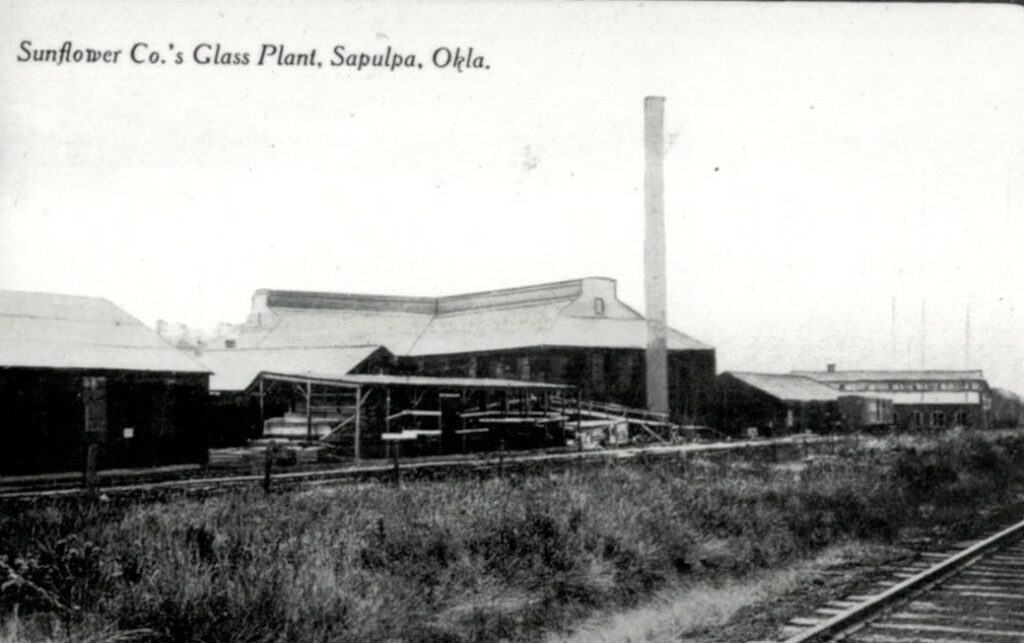
The paper was delivered by the “most expensive paper-boys that ever delivered paper.” They were delivered by promoters of the new million-dollar Fire Insurance Company. It was delivered by automobile. The regular carriers assisted the promoters, and they were thrilled to ride an automobile to deliver the papers. In less than a week, 15,000 shares of the Sapulpa Fire Insurance Company had been sold. Seven thousand shares were sold in one day. This was a remarkable showing of sales for such a short time and in such a relatively small town.
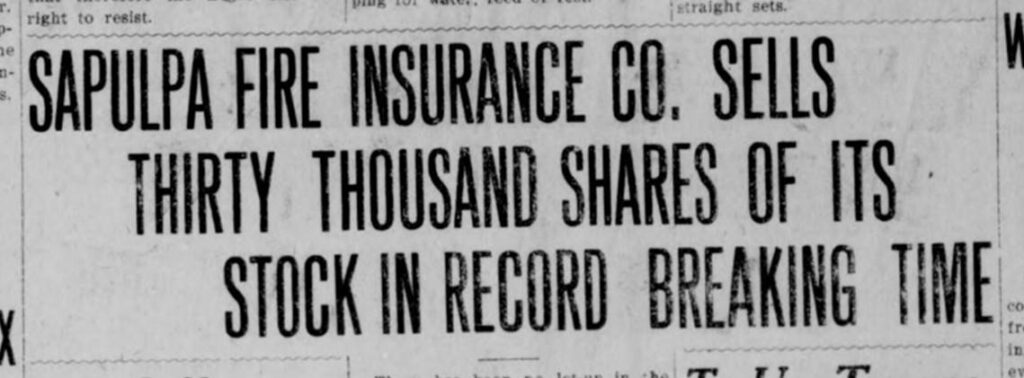
The Census also stated that in 1910, the population in Sapulpa was nearly 9,000 citizens. The 1910 Census report showed that Sapulpa had the second fastest growth in the ten-year period between 1900 and 1910.
Sapulpa wasn’t the largest growth, but one of the fastest with a large percentage growth. The three cities of Sapulpa, Oklahoma City, and Tulsa grew tremendously in these ten years. Oklahoma City grew from 10,000 to 64,000 (roughly 550%). Sapulpa grew from 1,000 to nearly 9,000 or about 900%. Tulsa had the fastest growth at nearly 2,000 to nearly 20,000 (or over 1,000% growth).


